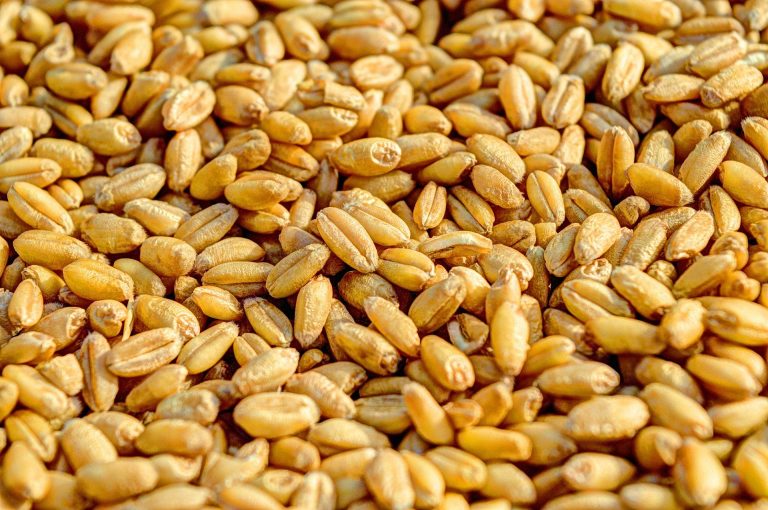China is reportedly holding a stockpile of maize and other grains that account for more than half of the world’s yield. This has led to fluctuations in food prices around the world, pushing countries into famine.
As per data from the U.S. Department of Agriculture, China is projected to have 60 percent of the world’s rice reserves, 69 percent of maize, and 51 percent of wheat by the first half of the 2022 crop year.
The prices of wheat and corn have been rising sharply in China. This has raised questions about the safety of China’s food supply. The country continues to depend largely on grain imports and is still recovering from disruptions in agricultural processes due to natural disasters. China’s purchasing volume of summer harvests of wheat, which is the most widely used grain in Chinese households, has also declined.
According to China’s National Food and Strategic Reserves Administration, the country’s state grain reserve system bought 41 million tons of fresh wheat from June 1 to July 31, a decline of 17.2 percent from last year.
Qin Yuyun is in charge of grain reserves at the National Food and Strategic Reserves Administration. He has strongly denied that China is facing a domestic shortage of wheat.
Success
You are now signed up for our newsletter
Success
Check your email to complete sign up
“Our wheat stockpiles can meet demand for one and a half years. There is no problem whatsoever about the supply of food,” he said.
Over the past five years, China’s imports of soybean, wheat, and maize spiraled up 12 times; a five-fold spike was observed in the imports of beef, pork, dairy, and fruit.
More and more Chinese are giving up on farming as a profession. The increasing toxicity of the soil, low returns, and declining crop yields are factors that have contributed to making agriculture nonviable for many people.
Consequently, the population from the rural areas of China started migrating to urban areas in search of a higher quality of life. The production of wheat and other grains as well as the volume of land being utilized for agriculture has dipped sharply since 2015.
Currently, China cannot meet its citizens’ demand for high-quality food products by producing them domestically alone. To resolve this issue and at least temporarily avoid a food crisis, the country has no other option but to import large volumes of food grains and hoard them. The communist regime’s strategy has led to skyrocketing global food prices.
Chinese are now struggling with the surging prices of vegetables. The prices of spinach, broccoli, and cucumbers have gone up two-fold since early October. It’s cheaper to buy pork than vegetables.
Beijing’s target to achieve self-sufficiency in the production of meat and quality meat products is also another factor behind the stockpiling of food grains.
According to an announcement made by the agriculture ministry as part of its food security goals, China aims to soon produce 85 percent of its beef and mutton demand, 95 percent of pork, and 70 percent of dairy.
“Imports of feed grain are likely to remain high for the foreseeable future as China begins to prioritize domestic production of meat and dairy,” Darin Friedrichs, the co-founder of the China-based agriculture information service provider, told Bloomberg.














